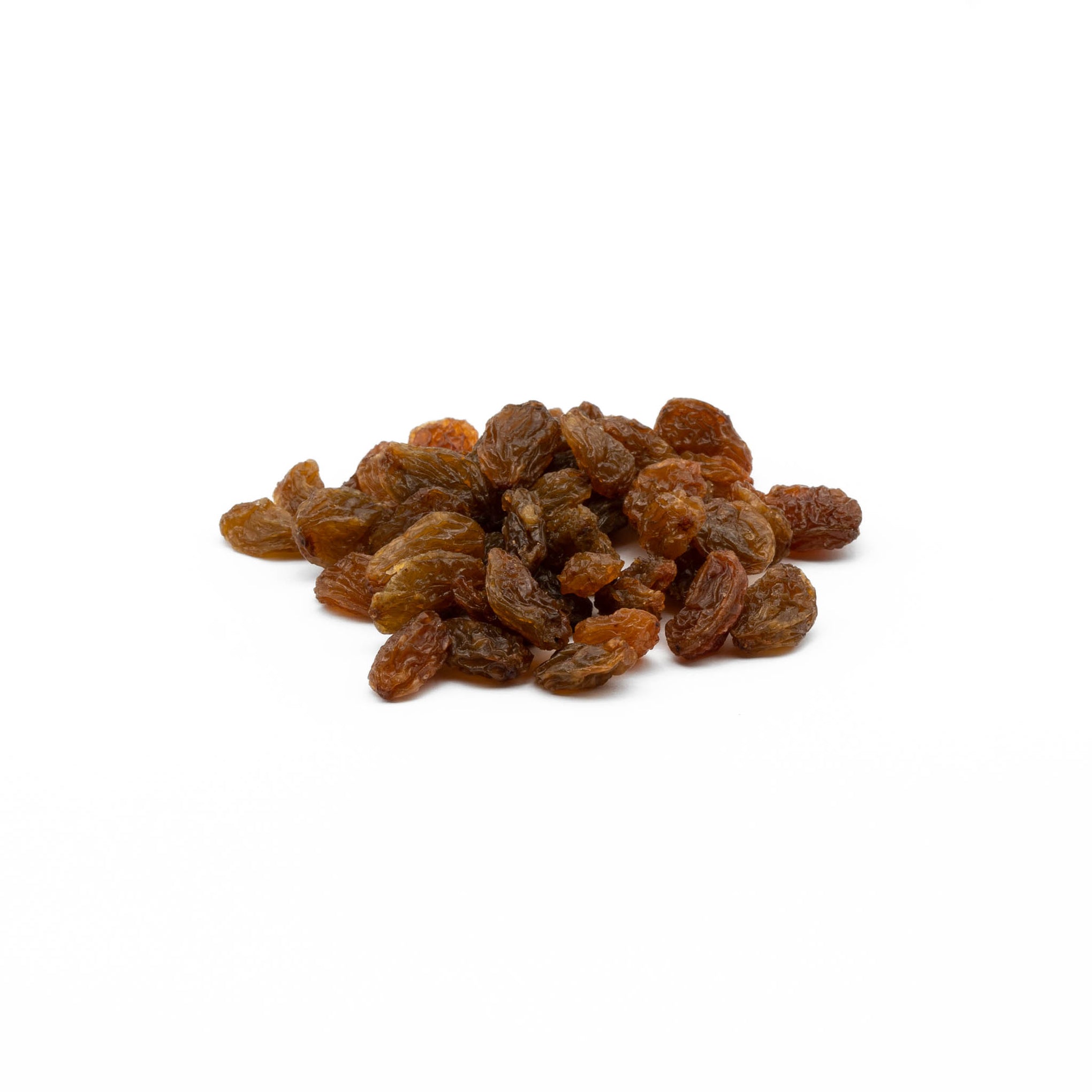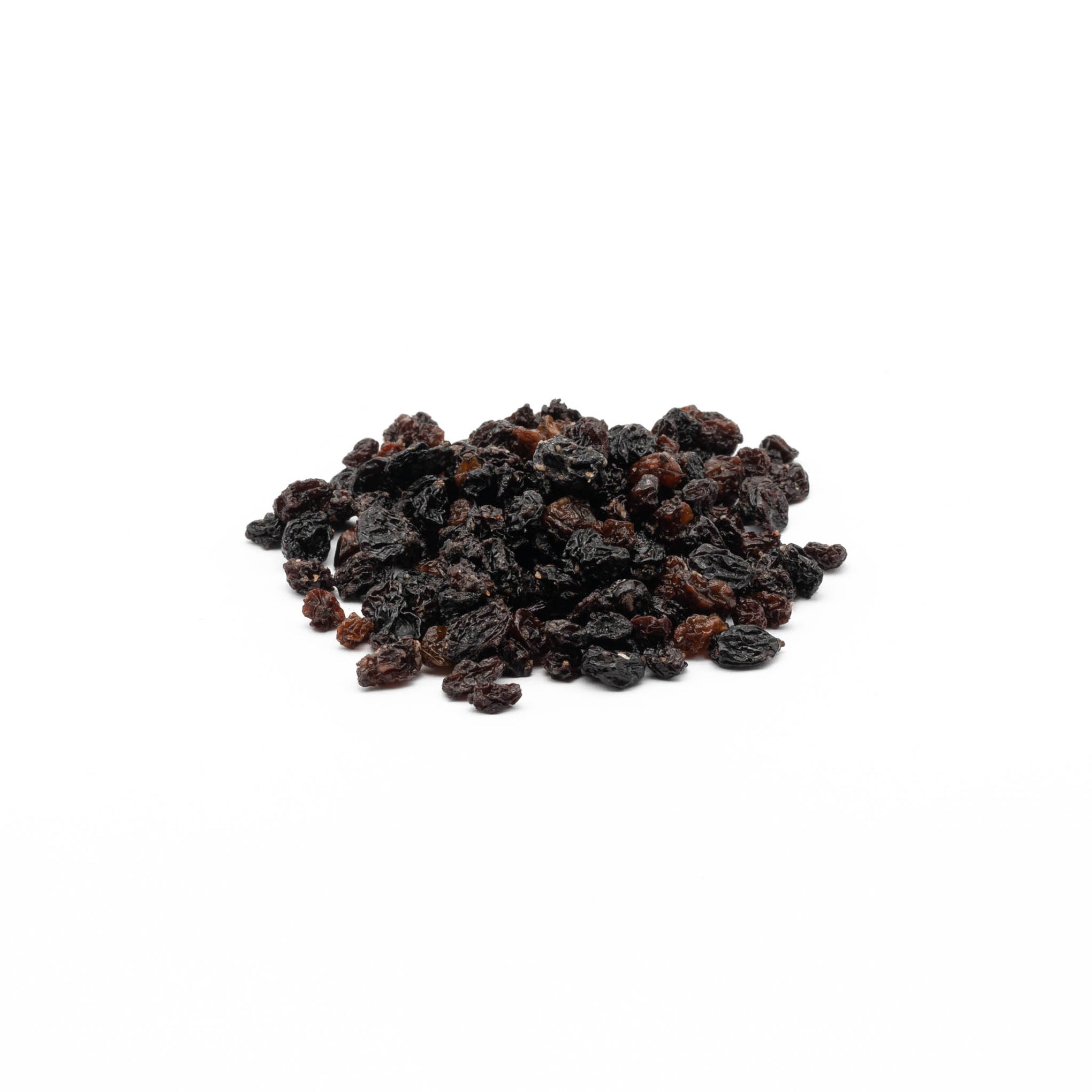Sultanas, Currants, Raisins: Key Differences Revealed
Sultanas, Currants, Raisins: Key Differences
In almost any baking recipe with dried fruits, you’ll come across the three classics: currants, raisins, and sultanas.
These dried fruits are essential for classic Christmas treats like Christmas cake, Christmas pudding, and mince pies. They also make appearances in chutneys and curries, showcasing their versatility in the kitchen.
So, are they the same? The answer is No, while they all seem similar, these dried fruits each have unique characteristics. Understanding their differences can help you choose the best one for your next baking project or dish.
Key Differences:
Size and Color: Currants are the smallest and darkest; raisins are larger and brown; sultanas are golden and medium-sized.
Flavour: Sultanas are sweet and juicy, raisins are rich and chewy, and currants are tart and firm.
Uses: Sultanas work well in desserts and salads, raisins are versatile in both sweet and savoury dishes, while currants shine in baked goods and stuffings.
Choosing the Right Dried Fruit
When selecting between sultanas, raisins, and currants, it comes down to the flavour and texture you need for your dish. If you want a sweet, juicy burst, go for sultanas. For a deeper, richer sweetness, raisins are your best bet. If you’re after a tangy contrast, currants will provide that unique edge.
Whichever you choose, incorporating dried fruit into your meals is a simple way to add natural sweetness, texture, and flavour!

Natural Sultanas
Our Natural Australian Sultanas are sundried on the vine for longer, allowing the natural sugars to caramelize slightly and give them a sweeter taste.

Currants
Our currants pack a tangy, slightly tart flavour, perfect for contrasting sweeter ingredients.
